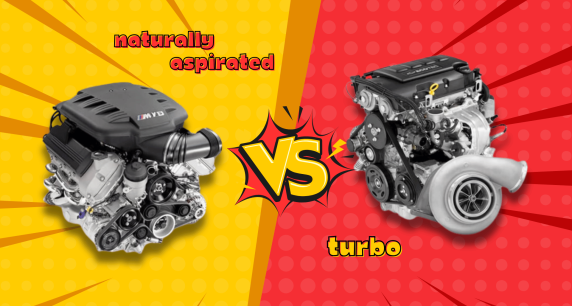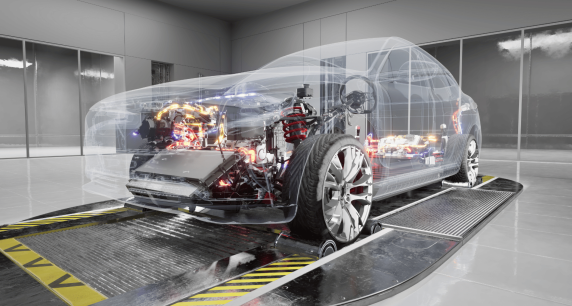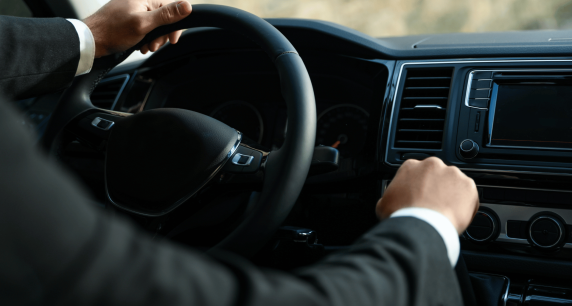How Far Can I Drive with My Fuel Lights On?
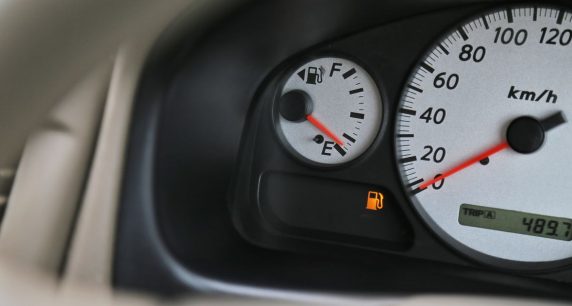
The glow of the fuel indicator seems daunting when you jump into your car and are running late for work. And the trouble is, it doesn’t tell you how far you have got until you run out of fuel. The fuel light could be triggered on by the fuel level sensor or by an on-board distance-to-empty calculator. How far can you drive on low fuel varies from vehicle to vehicle and also depends on the road conditions and your driving habits. A small car typically can get you roughly 60 to 80 KM whereas, on larger cars and SUVs you can get roughly 30 to 50 KM. The best practice is to keep a quarter of a tank of fuel in your car at all times. That way if you forget to fill up you’ve got enough in reserve to get to the nearest fuel station for a refill.
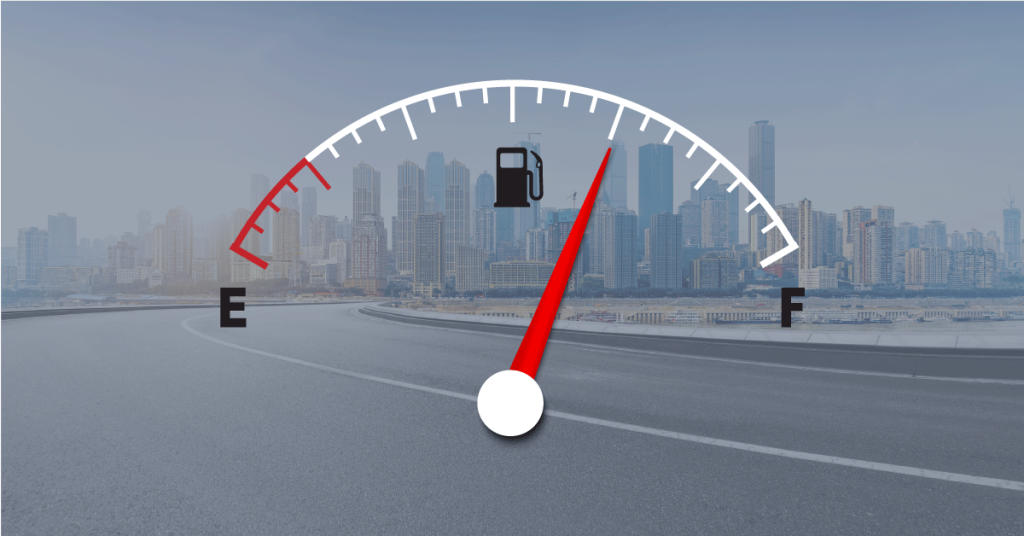
HOW DANGEROUS IS IT TO IGNORE THE HELPFUL GLOW OF THE FUEL LEVEL INDICATOR?
The first thing to realize is that fuel gauges give an approximate indication of the fuel level and are not the most precise instruments. Even in the most modern cars today the level in the tank is measured by a float. The height of this float is then transmitted to your fuel gauge either electronically with the help of a micro-controller or through the use of small coils and strips of metal. When your low fuel warning light illuminates you might have approximately 6% to 8% of fuel in the tank left. It can be anywhere between 4 to 8 litres of fuel. This depends on the type of car, mileage, road conditions.
The primary risk of running on low fuel is getting stranded on the road. Besides this, you could also damage your fuel pump. If there isn’t sufficient fuel in your tank the fuel pump starts to suck up air and might overheat. And if that happens you’re up for more than the price of a tank of fuel.
If you are a long way from a fuel station what is the best way to conserve those last drops?
- If possible drive at around 65 km/h – the most fuel-efficient speed. However, this would depend on several factors like where you are driving, the road conditions, surrounding weather, etc.
- Roll up your windows. Open windows can cause extra drag and increase wind resistance making the engine consume more fuel.
- Go easy on the accelerator – maintain a constant speed and use cruise control if you’re on a highway.
- Inflate the tyres to the correct pressure because under-inflated tyres can increase fuel consumption.
- Unplug the charging phones and turn off the electronic gadgets if any.
Hence, by running your car when the low fuel indicator is on you are not only putting yourself in a stressful situation but are also risking costly damage to your car. The best deal to avoid this is to be more cautious and always have a quarter tank full of fuel, pay extra attention to tyre maintenance, car maintenance, learn the effective ways to improve your fuel efficiency and enjoy your ride!

